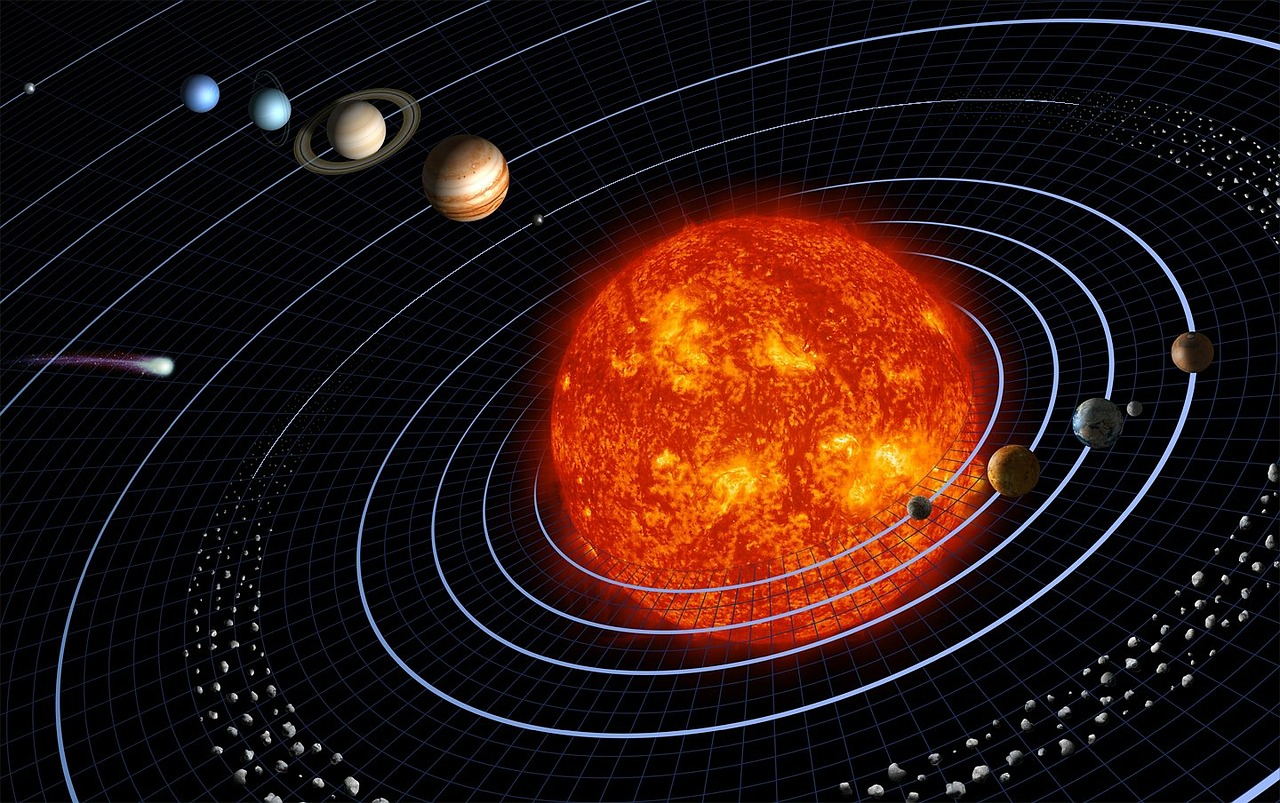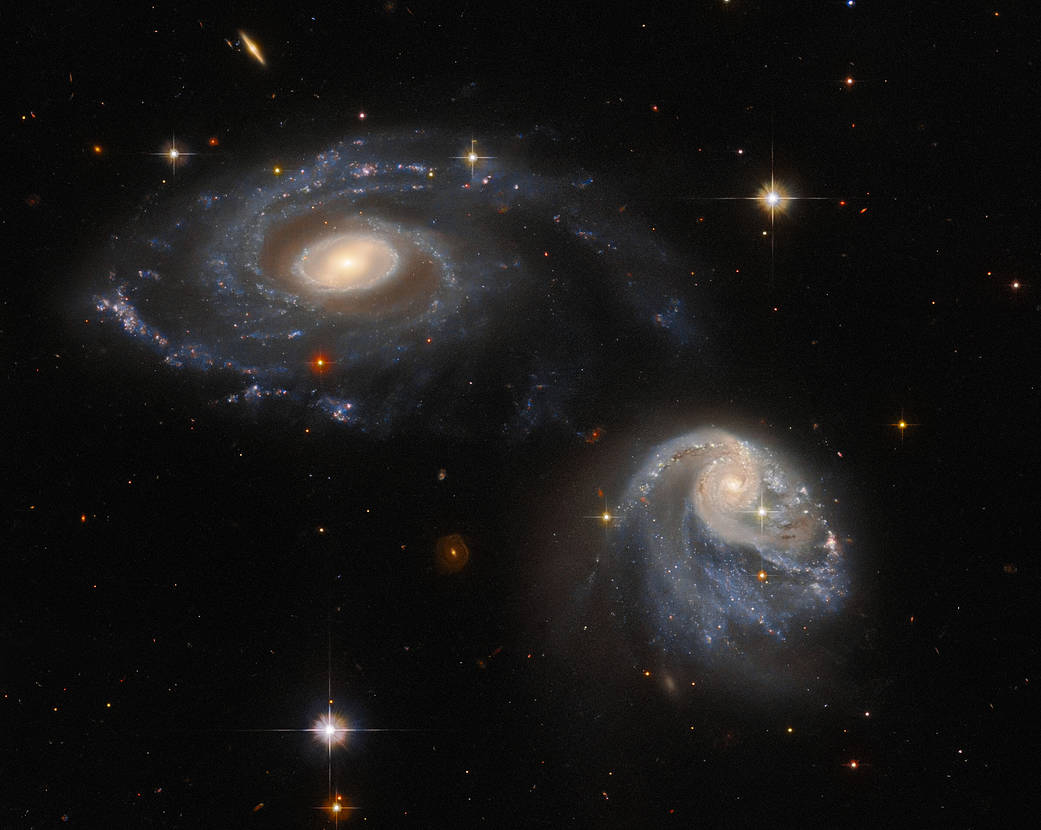
As a part of the NASA’s Discovery Program, the US Space Agency has declared its plan of sending two missions to study about Venus,our closest planetary neighbour. The missions aim to understand how Venus came to become an inhabitable world when its many characteristics are similar to earth.
Scientists say Venus may have been the first habitable world in the solar system with an ocean and Earth-like climate.
One missions is named Deep Atmosphere Venus Investigation of Noble gases, Chemistry, and Imaging (DAVINCI+). This would be the first US-led mission to Venus’ atmosphere since 1978 and the results from DAVINCI+ could reshape human understanding of terrestrial planet formation in our solar system and beyond.
According to NASA, DAVINCI+ will measure the composition of Venus’ atmosphere to understand how it formed and evolved. It will also determine whether the planet ever had an ocean. The mission consists of a descent sphere that will plunge through the planet’s thick atmosphere, making precise measurements of noble gases and other elements to understand why Venus’ atmosphere is a runaway hothouse compared the Earth’s.
Then, DAVINCI+ will return the first high resolution pictures of the unique geological features on Venus known as ‘tesserae’, which may be comparable to Earth’s continents, suggesting that Venus has plate tectonics.
Another mission is Venus Emissivity, Radio Science, InSAR, Topography, and Spectroscopy (VERITAS). VERITAS mission is expected to map Venus’ surface to determine the planet’s geologic history and understand why it developed so differently than Earth.
As it is mentioned, VERITAS will chart surface elevations over nearly the entire planet to create 3D reconstructions of topography and confirm whether processes such as plate tectonics and volcanism are still active on Venus.
Venus rock type are still largely unknown. So VERITAS will also map infrared emissions from Venus’ surface to map its rock type and determine whether active volcanoes are releasing water vapor into the atmosphere.
NASA has informed that these investigations are the final selections from four mission concepts NASA picked in February 2020 as part of the agency’s Discovery 2019 competition.
NASA is awarding approximately $500 million per mission for development. Each is expected to launch within 2028-2030.
In addition, NASA has selected a pair of technology demonstrations to fly along with them. VERITAS will host the Deep Space Atomic Clock-2, built by JPL and funded by NASA’s Space Technology Mission Directorate. The ultra-precise clock signal generated with this technology will ultimately help enable autonomous spacecraft maneuvers and enhance radio science observations.
As reported, DAVINCI+ will host the Compact Ultraviolet to Visible Imaging Spectrometer (CUVIS) built by Goddard. CUVIS will make high resolution measurements of ultraviolet light using a new instrument based on freeform optics. These observations will be used to determine the nature of the unknown ultraviolet absorber in Venus’ atmosphere that absorbs up to half the incoming solar energy.
Established in 1992, NASA’s Discovery Program has supported the development and implementation of over 20 missions and instruments. These selections are part of the 9th Discovery Program competition.
The selected investigations will be managed by the Planetary Missions Program Office at NASA’s Marshall Space Flight Center in Huntsville,
Auto Amazon Links: No products found.



Is anyone here in a position to recommend Chilirose? Cheers xox
I was wondering if anyone knows what happened to Dime Piece LA celebrity streetwear brand? I seem to be unable to check out on Dimepiecela site. I’ve read in Marie Claire that they were bought out by a UK-based hedge fund for $50 million. I’ve just bought the Dimepiece Hotel Unisex Heavy Blend™ Crewneck Sweatshirt from Ebay and absolutely love it xox
how to make hemp oil for hair